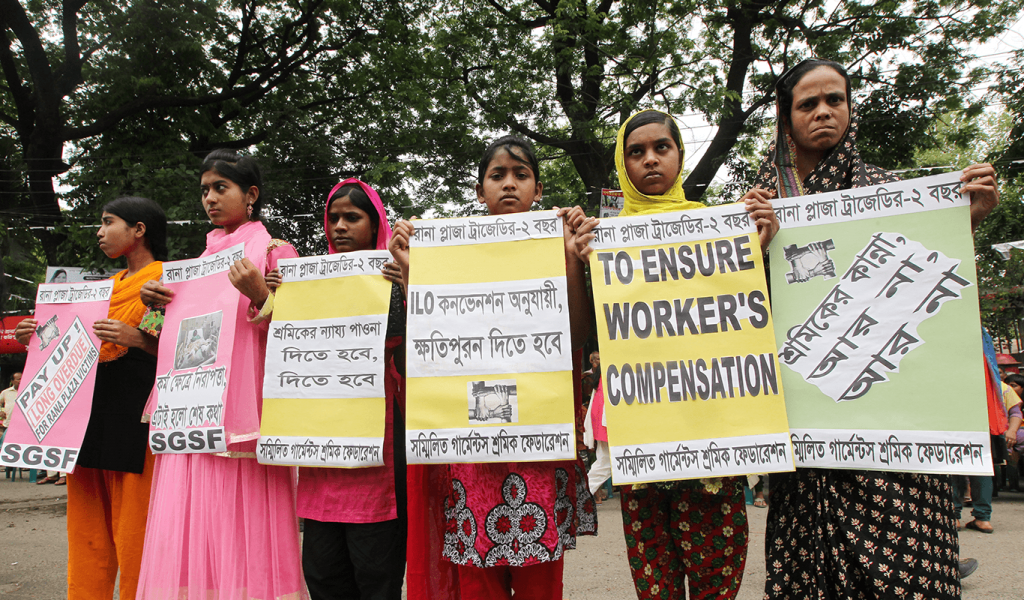$10 a Day Child Care: Will Provinces Embrace This Made-in-Canada Solution for Families and the Economy?
Just four years ago, high child care fees were a massive barrier for families, keeping children out of early learning programs and preventing many women from entering or staying in the workforce. The early childhood education sector was also struggling, as low pay, lack of benefits, and unstable funding drove many qualified educators to leave for better-paying jobs.
In 2021, Canada made a significant leap forward by transitioning from the previous market-based child care model to the foundation of a universal early learning and child care (ELCC) system. The $10 a Day Child Care plan introduced a rights-based framework, affirming every child's right to affordable, accessible, inclusive, and high-quality early education and care.
Provinces and territories endorsed this plan by entering into agreements with the federal government, which were initially set to expire in 2026. However, in March 2025, Canada reinforced its commitment to universal child care by extending the program with a $36.8 billion investment through 2031. This extension not only provides stability and much-needed relief for families but also ensures ongoing progress towards achieving a fully universal child care system.
This program has been life-changing—lowering child care fees, increasing the number of licensed spaces, and boosting workforce participation, particularly among mothers. However, as with all transformative reforms, challenges remain. A strong commitment is needed from all provinces and territories to ensure that every family benefits. While many have signed on, some provinces have yet to finalize agreements, leaving families and educators uncertain about the program's future.
The Big Win: What’s in the $36.8 Billion Deal?
The federal government has committed $36.8 billion over five years to extend the Canada-Wide Early Learning and Child Care (CWELCC) program across 11 provinces and territories. This includes a 3% annual funding increase starting in 2027. The goal is to make early learning and child care more affordable and accessible while improving the quality of care and the working conditions of child care educators and staff.
Here's how the funding will be distributed:
- British Columbia: $5.38 billion
- Manitoba: $1.9 billion
- Nova Scotia: $1.05 billion
- New Brunswick: $876 million
- Newfoundland and Labrador: $503 million
- Prince Edward Island: $199 million
- Nunavut: $109 million
- Northwest Territories: $80 million
- Yukon: $74 million
- Quebec: $9.83 billion
- Ontario: $16.77 billion*
While most provinces are moving forward, some are lagging behind. This hesitation creates uncertainty for families and educators, jeopardizing a once-in-a-generation opportunity to build a truly universal child care system.
Challenges in Key Provinces
British Columbia (BC): Slow Progress Despite Need
Despite federal funding, BC’s 2025 budget has been criticized for not fully leveraging the available federal support. Currently, in year 8 of their 10-year plan, only 10% of child care spaces in the province are capped at $10 per day, leaving many families facing high fees and long waiting lists. Additionally, BC has yet to implement a publicly funded wage grid for early childhood educators, a key feature in other provinces. As resource projects accelerate in BC, advocates emphasize the role of child care to support the economy and families in a time of economic uncertainty.
Saskatchewan: $1 Billion Left on the Table
Saskatchewan has yet to sign the renewed child care agreement, leaving $1 billion in federal funding untouched. While the province capped licensed child care fees at $10 per day in April 2023—saving families up to $6,900 per child annually—without an official extension, the program’s future remains uncertain.
Advocates say that the province's failure to sign the agreement would hurt families, educators and staff, and the economy. The federal funding helps provide wage top-ups for early childhood educators and sustain many child care centers in rural areas.
Alberta: Still on the Fence
Despite over 100,000 families benefiting from lower child care fees capped at $15 per day—saving up to $11,000 per child annually—Alberta remains undecided. Since 2021, investments in child care have created 10,000 new early childhood educator jobs and 31,000 new spaces, boosting the local economy.
However, Alberta’s government has expressed reservations about a universal child care model and instead pushes for a full income-tested approach, where child care support depends on family income. While this may seem fair to some, it often results in higher parent fees, lower quality, scarcity of spaces, and exclusion, particularly for lower-income families and equity-seeking groups.
In contrast, the $10 a Day Child Care Plan directs public funding to support child care providers, ensuring a focus on high-quality services, improved working conditions for staff, and expanded access. The plan is designed to make licensed, not-for-profit, and public child care affordable and accessible for all families.
Ontario: A Step in the Right Direction
Ontario has reached an agreement in principle with the federal government. As soon as Ontario’s government finalizes the agreement, $16.77 billion will flow into the province. This is the largest allocation of any province.
Advocates urge the government to sign the agreement to ensure continued affordability and accessibility for families.
Why Every Province Must Sign On
As Canada faces economic uncertainty—from political shifts to global challenges—securing this program is more critical. Accessible, affordable, high-quality child care is not just a social good; it’s essential to ensuring economic resilience, gender equity, and stability for families and communities across the country.
Impact at a Glance:
- 1.1 million children enrolled in child care across Canada in 2024.
- Families save up to $16,200 per child annually, reducing financial stress.
- Over 40,000 new jobs have been created in the ELCC sector since 2019, making it the sixth-largest source of new employment in Canada.
- The expansion of ELCC services has boosted female labour supply by 175,000 through higher workforce participation and more full-time work.
- The growth of the ELCC sector and its effects on related industries added an estimated $32 billion to Canada’s GDP in 2024, compared to 2019.
Next Steps: Provinces Must Act Now
With a federal election on the horizon, Canadians are watching to see if their provincial governments will step up. The future of $10 a Day Child Care depends on their commitment. The opportunity to secure funding for families, educators, and child care providers cannot be missed.
The coming months will be decisive. Will all provinces ensure this program remains a staple of Canadian life? The answer will shape the future of families, educators, and the next generation of children.
Early learning and child care is a necessity; it’s a right. Now is the time to stand on guard for child care.

